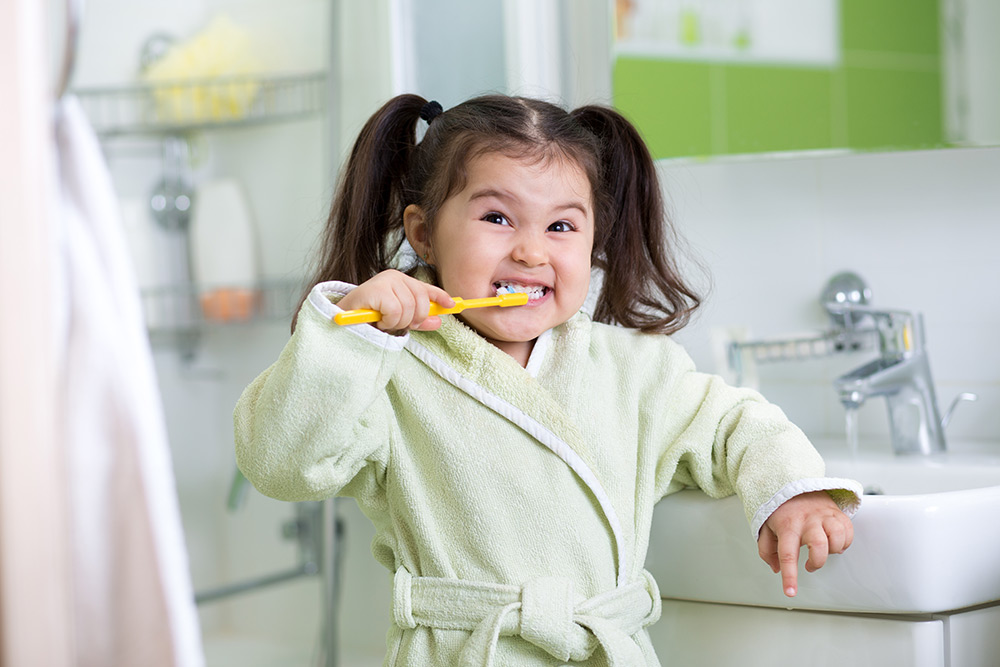Is Your Child Brushing His/Her Teeth Too Hard?
One of the best things parents can do for their kids is to help them develop proper oral hygiene practices, including regular brushing and flossing. But did you know overzealous tooth brushing can be detrimental to your child’s teeth and gums? Talk to your trusted team at Smile Explorers Pediatric Dentistry about proper brushing techniques for long-term healthy smiles!
What Are the Risks of Brushing the Teeth Too Hard?
If you’re excited to see your child brushing away, it’s essential to make sure it’s done the right way. One of the most common mistakes adults and children make is brushing their teeth too hard, which can damage both the gums and teeth.
So, what happens when your child brushes too hard? Vigorous brushing can wear and damage the tooth enamel, resulting in darker or yellowish teeth, tooth sensitivity, and a heightened risk of developing tooth decay and cavities. It can also cause receding gums, which exposes the tooth roots and leaves them prone to sensitivity and decay.
How Do You Know if Your Child is Brushing too Hard?
If you’re not sure whether your child is brushing too hard, look at the toothbrush. If the bristles appear flat and worn while still relatively new, your child may be brushing too hard. Symptoms of over-brushing include bleeding gums, more of the teeth showing when your child smiles due to gum recession, and dull teeth due to tooth enamel loss.
Brushing Best Practices
Ideally, your child should brush at least every morning and before bedtime for a whole two minutes using a soft-bristled toothbrush and fluoridated toothpaste. A favorite two-minute song can encourage your child to stay on track.
Proper tooth brushing techniques are important to clean away plaque and food debris. Teach your child to place the toothbrush by the teeth at a 45-degree angle. Using a gentle, circular motion, brush a small group of teeth at a time. Clean all the surfaces of the teeth, including their outsides, insides, and chewing surfaces.
What Type of Toothbrush Is Right for Your Child?
- Babies: Start your little one’s oral hygiene routine right from birth. Wipe the gums with a clean, damp cloth after feedings. Once the first tooth erupts, choose an infant toothbrush with soft bristles and a tiny head that fits comfortably in your baby’s mouth.
- Toddlers: By age two, your little one will want to help with toothbrushing. Choose a soft-bristled brush with a small head and a soft grip that is easy for little hands to hold.
- Elementary School-Aged Kids: Between ages five and eight, your child is ready to be more independent when it comes to dental care. For this age group, toothbrushes have slimmer handles to accommodate a child’s more dexterous grip.
- Tweens and Up: Children aged eight and up can brush their teeth without any supervision. Their toothbrushes look like adult products at this stage, with the difference being slightly smaller heads and larger handles.
Quality Preventive Dentistry in Glendale, AZ
Contact Smile Explorers Pediatric Dentistry to learn more about caring for your child’s oral health. Our team is proud to offer quality preventive services designed to keep dental disease at bay. We look forward to working alongside you to establish healthy oral hygiene habits for long-term healthy smiles. Call us and schedule your appointment today!



